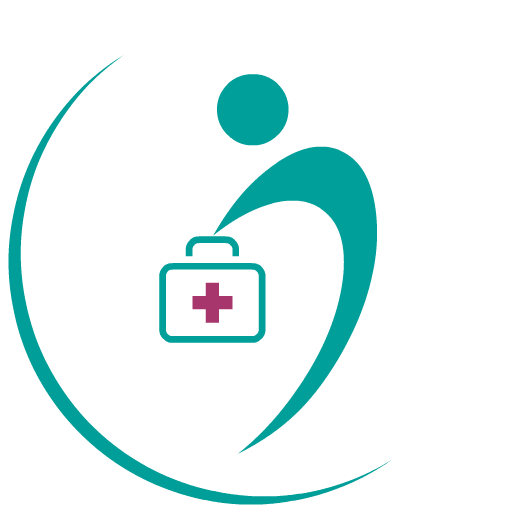Spinal cord disorders are conditions that cause damage and dysfunction of the spinal cord.
These may include: tumors, spinal stenosis, herniated discs, abscesses, hematomas, vertebral fractures, and degenerative disc disease.
These conditions can lead to pain, numbness and other symptoms that affect a person's ability to move and function normally.
Treatment for spinal cord disorders typically includes medications, physical therapy, surgery or a combination of these methods.
Here's What You Need To Know:
The spinal cord is a tubelike structure that consists of a bundle of nerves that extends from the base of the brain and down the back.
The spinal cord carries messages from the brain to the rest of the body. The spinal cord is located within the vertebrae (the backbone).
The spinal cord is divided into four areas, any of which can be affected by spinal cord disorders.
These areas include:
Cervical (neck)
Lumbar (upper back region)
Thoracic (lower back region)
Sacral (pelvis)
Spinal nerves connect to specific areas of the body through spaces in the vertebrae. Spinal nerves have two nerve roots:
Motor Root: Carries signals from the spinal cord to the muscles to stimulate movement.
Sensory Root: Carries sensory information that relays sensations such as touch, pain, and temperature from the body to the spinal cord.
The sensory roots relay messages to different areas of the skin's surface, called dermatomes. The loss of sensation in any particular dermatome can indicate a spinal cord disorder and allows doctors to locate the specific area where the spinal cord may be damaged.
Symptoms of Spinal Cord Disorder
Weakness or paralysis of limbs
Loss of sensation
Changes in reflexes
Loss of urinary or bowel control
Uncontrolled muscle spasms
Back pain
Causes of Spinal Cord Disorder
Spinal cord disorders, also known as myelopathies, have a variety of causes.
Compression from fractures, spinal degeneration, or abnormalities like tumors can damage the cord from the outside.
Damage caused on the inside of the spinal cord typically results from fluid-filled cavities, blockage in the blood supply, deficiencies in vitamins and minerals, or autoimmune diseases such as multiple sclerosis and syphilis.
Diagnosis of Spinal Cord Disorder
Diagnosis of a spinal cord disorder begins with a physical exam and review of medical history. Depending on the suspected cause, your doctor may further need to carry out additional tests such as X-rays to check for fractures or tumors, spine MRI or CT scan to show areas of pressure on the spinal canal, myelography to locate and assess abnormalities of the spinal cord, and electromyogram to determine the exact nerve root involved.
Treating Spinal Cord Disorders
Treatment for spinal cord disorders typically involves physical or occupational therapy, activity modifications, and potentially surgical intervention. Depending on the location and severity of the disorder, some of the causes may be irreversible, but medical care can help to prevent additional complications. Medical professionals will work together with the patient to develop a tailored plan for treatment that best meets their needs.
The use of medications helps control issues such as:
Bowel and bladder dysfunctions
Pain
Muscle spasticity
Blood pressure
Other health issues
Blogs
Stay connected to health experts and read what they have to say via DocSmart.
Please sign up to create your own blog





